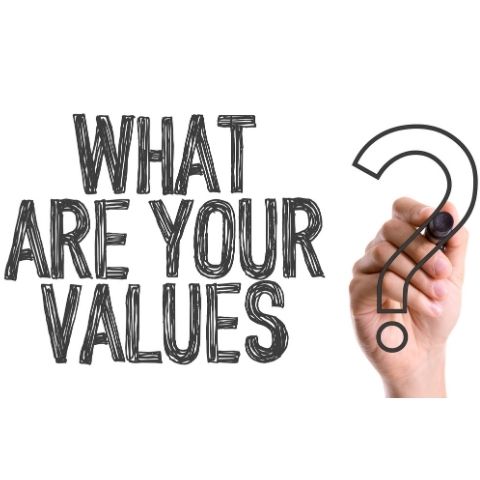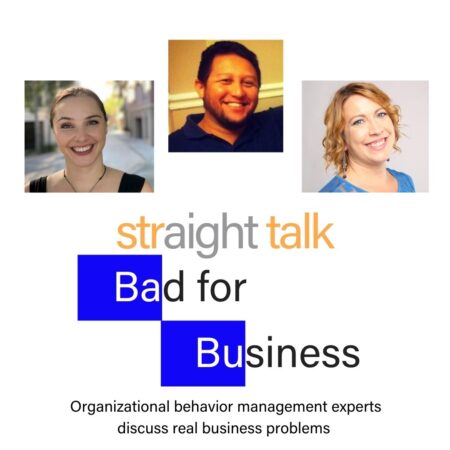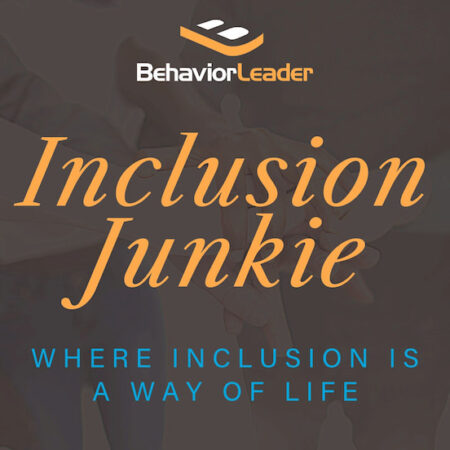Thirty to forty years ago organizations were just beginning to focus on diversity. Since then many people think progress has been made to diversify the workplace and now organizations are focusing on diversity and inclusion, and if they are really savvy, equity. However, even though most organizations have implemented some sort of diversity-related initiative, we, as a country, are currently in a worse place for workforce diversity than we were thirty years ago.

Don’t believe me? Here are some statistics to illustrate the issues.
Studies spanning over forty years, regarding every private employer in the United States, shows that not only are employers still largely homogenous, but they are also more divided than they were in the 1970s, according to sociologists at Harvard and Stanford.
The wage gap between black college graduates and white college graduates has increased since the 1970s, rising from 13% to now 21% difference. (Economic Policy Institute, 2017)
Workplace discrimination charges have increased to one being filed, on average, every 11 minutes (EEOC, 2018).
Why is this? How is it that organizations have spent millions of dollars on initiatives, training, and other resources and things are getting worse?
The simple answer why it is getting worse: Inclusion is a Priority.
You may be asking, what do I mean by that; priorities are things that get focus and attention. Isn’t that exactly what we want – for inclusion to be the focus of organizations?
Yes and no.
First, it is important to distinguish between priority and value.
A priority is something that needs attention immediately. We prioritize tasks and initiatives depending on what is happening in the current moment. Diversity, equity, and inclusion initiatives get prioritized when problems arise when it is the time of year to review all the things one should not do, or when there is social unrest in larger society. However, priorities also change. As needs of the immediate time or the organization overall change, the priorities also change, creating the here today, forgotten tomorrow cycle. When inclusion is a priority, it is the focus today and forgotten tomorrow.
“When inclusion is a priority, it is the focus today and forgotten tomorrow.”
Values; however, are different. Values are steadfast and unchanging. Values signal the organization’s or individual’s standard for behavior. They let us know what is most important long-term, throughout the life of the individual or organization. When organizations value diversity, equity, or inclusion, they don’t develop initiatives that are rolled out and then forgotten. They don’t scramble to recruit individuals with diverse backgrounds only at certain times. Instead, they focus on how to create an organization that includes everyone, no matter their skills, background, or current position title. They constantly review their practices to determine if they are being inclusive or if specific individuals are being excluded or not considered. Organizations that value inclusion makes inclusion a way of life. They don’t just attend a training and then go back to work as normal. Instead, they incorporate it into every system, process, briefing, meeting, and feedback session that occurs within the organization. They encourage feedback from employees and have open discussions about difficult topics. They embrace differences and view them as strengths. And they don’t look for individuals to “fit” their culture, but instead search for individuals who will add to their culture; bringing something unique and different, creating innovation, improvement, and strength to the team.
As you reflect on the inclusiveness of your organization, do you find that it is the focus from time to time, changing as priorities change; or is it something that is consistent, steadfast, and unchanging. If it is the former, inclusion is a priority. It’s time to make it a value so real change can occur.




